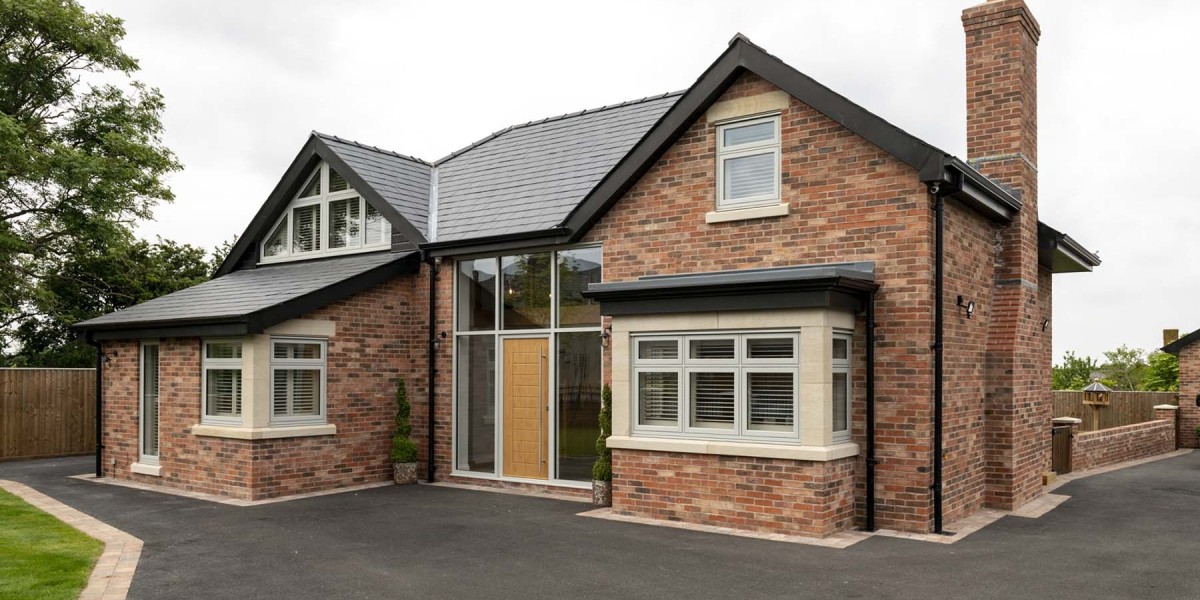Hiring the right talent is only half the battle. The harder part comes after day one—keeping that talent engaged, productive, and motivated enough to stay. Turnover in the first year isn't just costly—it’s often preventable.
Many organizations invest in onboarding programs and perks, but they neglect the physical and psychological environment their people operate in. That’s where a strong workplace strategy becomes a difference-maker—and where the lack of one quietly leads to employee churn.
Onboarding That Doesn't Match the Environment
Employees come in with expectations shaped by hiring conversations and brand promises. If the space they enter doesn’t reflect those expectations, disillusionment sets in early. A mismatch between how a company talks and how it operates physically creates friction.
This often shows up as:
- Confusing layouts that delay productivity
- Unwelcoming or poorly lit spaces that lower morale
- Limited collaboration zones that don’t reflect team culture
A well-thought-out workplace strategy ensures physical spaces echo the company’s culture and values. It bridges the gap between what was promised and what is experienced, reducing early-stage disappointment.
Workspaces That Don’t Support Focus or Flow
Poorly designed work environments often interrupt rather than support productivity. Lack of acoustic control, visual clutter, and limited personal space reduce an employee’s ability to stay focused.
Common signs include:
- Employees constantly relocating to concentrate
- Meetings spilling into open-plan zones
- Excessive noise or visual chaos
When strategy is missing, companies default to layouts that may look efficient on paper but exhaust people in practice. Quiet zones, flexible seating, and personalized workspace options are critical elements tied directly to retention.
No Alignment Between Roles and Resources
Not all jobs require the same tools or environments, yet many companies force everyone into the same framework. This lack of role-based planning results in friction from the start.
This can look like:
- Field staff tied to desks
- Designers working without access to physical mock-up zones
- Analysts in high-noise zones instead of data-friendly quiet rooms
A strong workplace plan accounts for different work styles, ensuring that each role has access to the tools and space required for success.
Invisible Wayfinding and Orientation Stress
New hires already have a lot to learn. If they also have to guess how to navigate the building—where to find people, printers, or even bathrooms—they burn mental energy on tasks unrelated to their job.
Indicators of poor wayfinding:
- Confused new hires asking for directions often
- Teams wasting time escorting visitors around
- A general lack of intuitive signage or visual guides
Simple, branded wayfinding elements can prevent these micro-frustrations, helping new employees feel confident and capable faster.
Lack of Wellness Integration
High-performing companies are paying attention to employee wellbeing—but often stop at fitness stipends or fruit bowls. What’s missing is environmental wellness design: lighting, air quality, biophilic elements, and movement opportunities built into the workspace.
Without wellness integration, companies risk:
- Higher absenteeism in the first year
- Burnout before onboarding is even complete
- Low energy levels affecting productivity
Workplace planning should factor in health at the structural level—incorporating daylight access, ergonomic seating, standing options, and wellness-oriented layout flow.
Limited Informal Collaboration Zones
Team dynamics grow from spontaneous, low-pressure interactions—chats over coffee, impromptu whiteboarding, or shared lunch. If these zones are absent or awkward, it limits organic relationship-building that drives retention.
Missed opportunities include:
- No casual breakout spaces
- Kitchens that are cramped or sterile
- Furniture that discourages pausing or sitting together
Strategy can introduce these interaction zones naturally—without disrupting productivity or formal meeting schedules.
Misuse of Tech Integration
Technology should support, not dominate. Spaces with too much or too little tech cause early frustration. Overloaded conference rooms with complex A/V setups or zero outlets in breakout zones make people feel unsupported.
Tech-related gaps include:
- Long setup times for hybrid meetings
- Inconsistent device compatibility across rooms
- Absence of charging access in flexible zones
Smart workplace strategies consider tech as infrastructure, not decoration. They ensure the digital and physical blend seamlessly—especially for new hires still learning systems.
Managers Without Spatial Access
Leadership presence influences retention. But if managers are tucked away in separate corners or unable to access shared zones easily, they become less visible and approachable.
This creates issues like:
- Delayed decision-making or feedback
- New employees unsure whom to approach
- Missed mentoring moments
The office layout should encourage leader visibility without disrupting focused work. Strategy helps plan for proximity and presence, especially in hybrid or part-remote cultures.
Inflexible Layouts That Hinder Adaptation
Business needs change rapidly. If a company can’t adapt its space, employees are the ones who pay the price—through congestion, limited access to quiet zones, or loss of privacy.
Warning signs:
- Overbooked meeting rooms within weeks of onboarding
- No room to expand departments without chaos
- Temporary workarounds becoming permanent fixes
Flexible layouts that can shift with the organization’s evolution signal long-term investment in employee success. It also creates stability during periods of change.
Missing Cultural Expression in Physical Form
Culture isn’t just values on a slide—it’s how space is used and designed. If the physical environment doesn’t reflect a company’s unique identity, it becomes generic, making it harder for employees to feel a sense of belonging.
Cultural gaps appear when:
- No team input is used in planning zones
- Spaces lack local relevance or storytelling
- Offices look like rental spaces, not homes for teams
Architecture that reflects mission and values visually reinforces why people joined in the first place. Strategy ensures this alignment is intentional.
Conclusion: Good Design Reinforces Good Culture
Most first-year turnover isn’t caused by poor hires—it’s the result of a poor fit between the individual and their working environment. Physical spaces send strong signals about what a company values, how it operates, and how much it supports its people. That’s why leading organizations partner with sustainable architecture firms who help translate vision into built environments that nurture engagement from day one.








